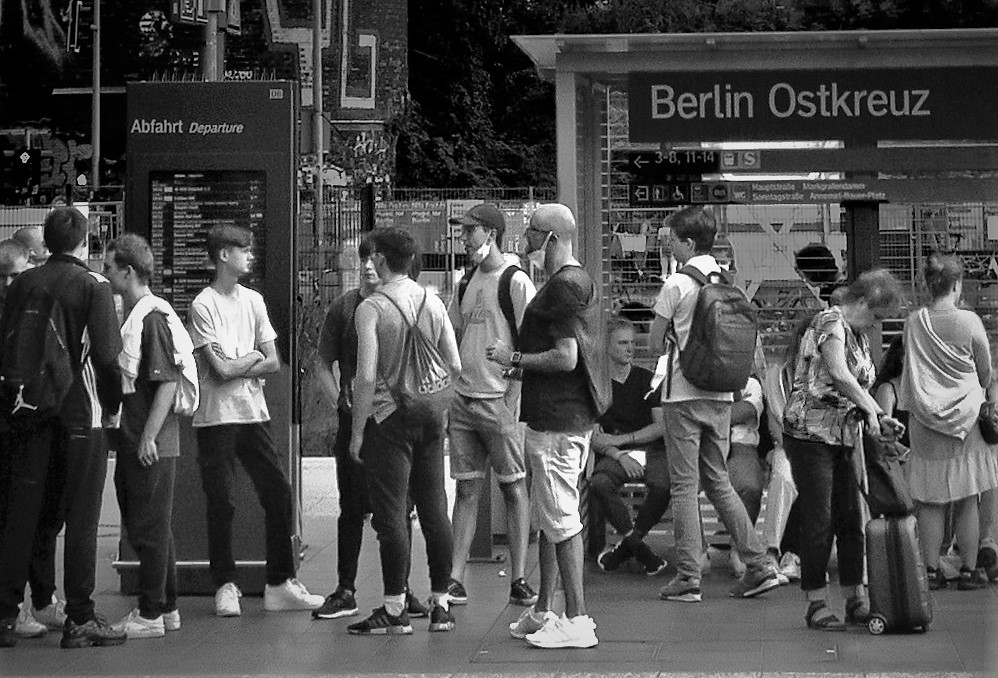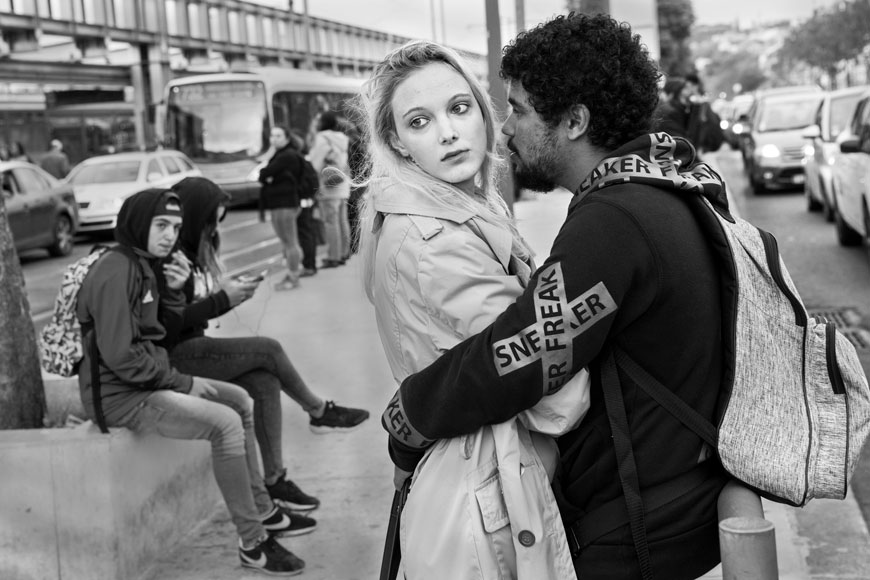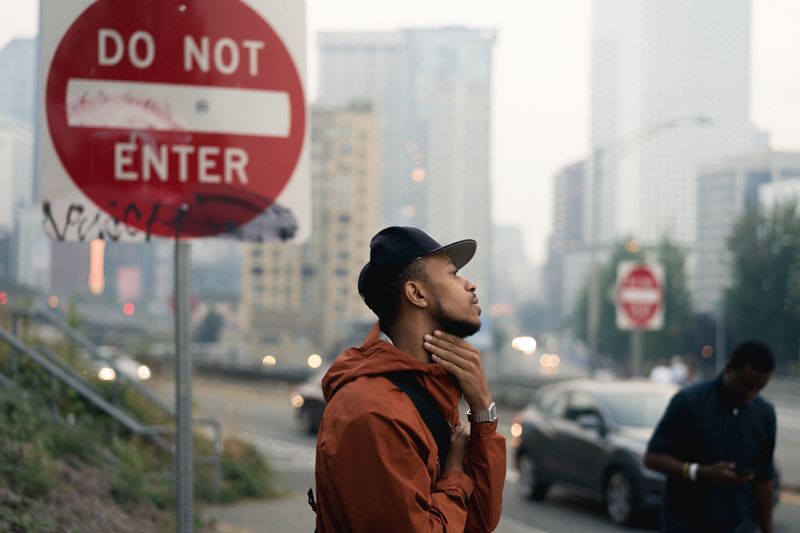

In the realm of photography, street photography stands out as a vibrant and dynamic genre that captures the essence of everyday life in urban environments. It requires a keen eye for detail, a deep understanding of light and composition, and the ability to seize fleeting moments that tell compelling stories.
As we delve into the realm of unleashing your creativity through street photography, we will explore the art of turning ordinary scenes into extraordinary visual narratives.
From mastering the fundamental techniques to embracing the unpredictable nature of street photography, there are a plethora of tips and tricks waiting to be uncovered that can elevate your work to new heights.
To grasp the essence of street photography, one must first understand its foundational principles and techniques. Street photography is a unique art form that captures spontaneous moments in public spaces, showcasing the raw and authentic nature of everyday life.
The key to successful street photography lies in observation, anticipation, and quick execution. Understanding composition, lighting, and timing are essential for creating compelling visual narratives. By immersing oneself in the surroundings and staying attuned to the environment, photographers can capture genuine emotions and interactions.
Embracing the unpredictability of the streets and being adaptable to changing conditions are also crucial skills to master. Ultimately, street photography is about storytelling through images, offering a glimpse into the beauty and complexity of urban life.
Effective street photography relies heavily on the mastery of composition techniques to create visually engaging and impactful images capturing the essence of urban life. One fundamental technique is the "Rule of Thirds," where the frame is divided into a grid of nine equal sections, helping to place key elements off-center for a more dynamic composition.
Leading lines draw the viewer's eye into the image, adding depth and guiding the gaze towards the main subject. Framing involves using elements within the scene to frame the subject, adding context and drawing attention.
Additionally, playing with perspectives, such as shooting from high or low angles, can add a unique touch to your compositions. Mastering these techniques will elevate your street photography and help you craft compelling visual stories.

Having mastered composition techniques in street photography, the next crucial step is harnessing natural light to enhance the impact and visual appeal of your shots. Natural light plays a significant role in photography, influencing the mood, tone, and overall quality of your images.
To make the most of natural light in street photography, consider shooting during the golden hours - early morning or late afternoon - when the light is soft, warm, and directional, casting long shadows that can add depth to your compositions.
Additionally, pay attention to how light interacts with your subjects, creating highlights and shadows that can emphasize textures and shapes in the urban environment. Experiment with different angles and positions to leverage natural light to create dynamic and visually compelling street photographs.
When exploring different perspectives and angles in street photography, it is essential to experiment with varied vantage points to create visually engaging and dynamic compositions.
By changing your physical position in relation to your subject, whether it is crouching down low, shooting from a high vantage point, or even capturing reflections in puddles or windows, you can add depth and interest to your images. Embrace unconventional angles to present everyday scenes in a fresh and intriguing light.
Playing with perspectives allows you to highlight unique details, patterns, and textures that may go unnoticed from eye level. Don't be afraid to get creative and push the boundaries of traditional composition to capture truly captivating street photographs.

Utilizing the interplay of light and surfaces can enhance the artistic impact of street photographs, allowing for the creation of visually striking compositions. Shadows and reflections present unique opportunities for creativity in street photography. By incorporating shadows into your compositions, you can add depth, mystery, and drama to your images.
Experiment with how shadows interact with your subjects and the surrounding environment to evoke different emotions or narratives. Additionally, reflections offer a captivating element that can add a sense of symmetry or surrealism to your photos.
Seek out reflective surfaces such as puddles, windows, or mirrors to capture intriguing reflections that enhance the visual interest of your street photography. Mastering the use of shadows and reflections creatively can elevate the overall quality of your work and make your images truly stand out.
To add depth and context to your street photography compositions, consider incorporating the human element into your frames. Including people in your photos can evoke emotions, tell stories, and create a connection between the viewer and the scene captured.
When incorporating the human element, focus on capturing candid moments that showcase genuine emotions and interactions. Pay attention to the expressions, body language, and gestures of your subjects to convey a sense of realism and authenticity in your street photography.
Experiment with different angles and compositions to frame the human element in unique and interesting ways within the context of the urban environment. Remember that people can be powerful focal points in your images, adding life and narrative to your street photography.

Street photographers often utilize editing techniques to enhance their images and convey their creative vision. Some unique methods include using contrast adjustments to highlight the mood of a scene, employing selective colorization to draw attention to specific elements, and adding grain or texture to evoke a vintage aesthetic. These editing techniques allow photographers to not only capture candid moments but also infuse their work with a distinct artistic flair that resonates with viewers.
Approaching strangers for candid shots requires finesse. Start by being respectful and asking for permission when possible. Maintain a friendly demeanor and explain your intentions clearly. Engage in conversation to establish a rapport before taking any photos. Be mindful of personal space and never intrude. Remember to thank them for their time and cooperation. Building trust and creating a comfortable environment will lead to more authentic and natural moments captured.
To effectively convey a sense of narrative or storytelling in their images, street photographers should focus on capturing candid moments that evoke emotion or intrigue. Utilizing composition techniques like leading lines or framing can guide viewers through the image, creating a visual narrative. Paying attention to light, shadows, and the interaction of subjects within the frame can further enhance the storytelling aspect of street photography.